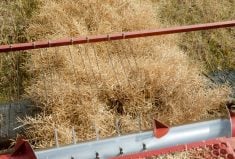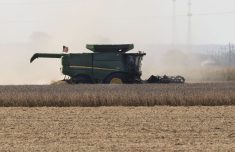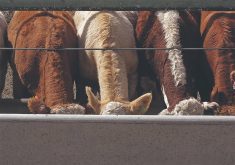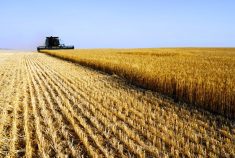CHICAGO (Reuters) — A senior farm economist on Thursday said U.S. grain farmers are planning to plant more soybeans this year, at the expense of corn acreage.
“I would expect more soybeans and less corn,” Gary Schnitkey, a senior University of Illinois farm economist, told the Reuters Global Ags Forum. “We expect to see more soybean plantings outside the center of the Corn Belt. It likely has to do more with costs than with the insurance prices.”
Schnitkey has been talking to farmers as they have been pushing to finish their sign-ups for lucrative government crop insurance and farm support payments. Crop insurance floor prices were set last month with corn at US $4.15 a bushel and soybeans at $9.73.
Read Also
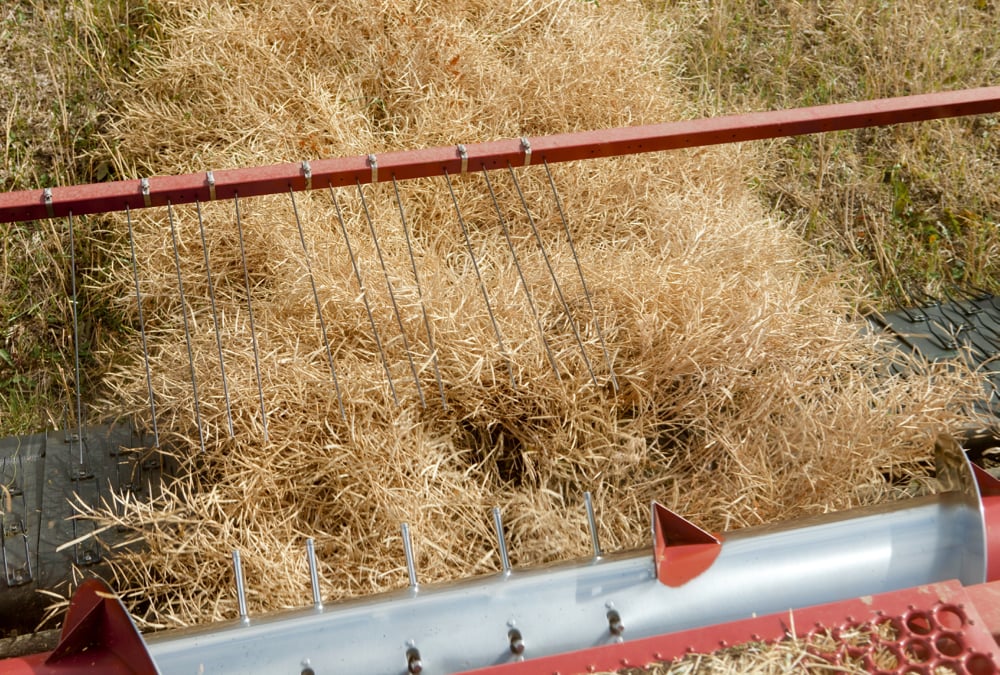
Alberta harvest wrapping up: report
Harvest operations advanced to 96 per cent complete in Alberta as of Oct. 7, with only a few late-seeded cereal and canola fields remaining, according to the latest provincial crop report.
Farmers have until March 15 to make their final choices for insurance coverage. The U.S. government picks up more than 50 percent of farmer insurance premiums.
“We expect that most farmers are not going to change their insurance coverages much this year,” Schnitkey said.
Schnitkey said most farmers in Illinois favour the standard policy called revenue protection (RP), with 85 percent of projected revenues insured. Despite tighter farm budgets this year, he expects most farmers to opt for 85 percent coverage, rather than saving $8 an acre and going down to 80 percent.
“Farmers will not reduce coverage because it introduces more risk. A savings of $8 is small compared to the remaining $550 per acre of non-land costs,” he said.
The other major choice for farmers this month is their five-year commitment for one of two programs under the federal government’s new farm bill.
Schnitkey said at least two-thirds of Illinois corn farmers will opt for agriculture risk coverage (ARC) instead of the alternative program, price loss coverage (PLC).
“For soybeans, ARC will be a high percent, maybe higher than 80 percent,” Schnitkey said.
ARC makes payments based on a moving five-year county average price, which expected to pay heavily in the next two years. PLC, by contrast, is based on fixed reference prices.
PLC will be popular on most other crops like wheat, sorghum, barley, rice and peanuts, Schnitkey said. He expects wheat to be above 50 percent PLC and both peanuts and rice to be over 80 percent.
The program choice has to be made by March 31 or the grain farmer defaults to the PLC option and loses 2014 benefits.
“Most have made up their minds,” he said.




